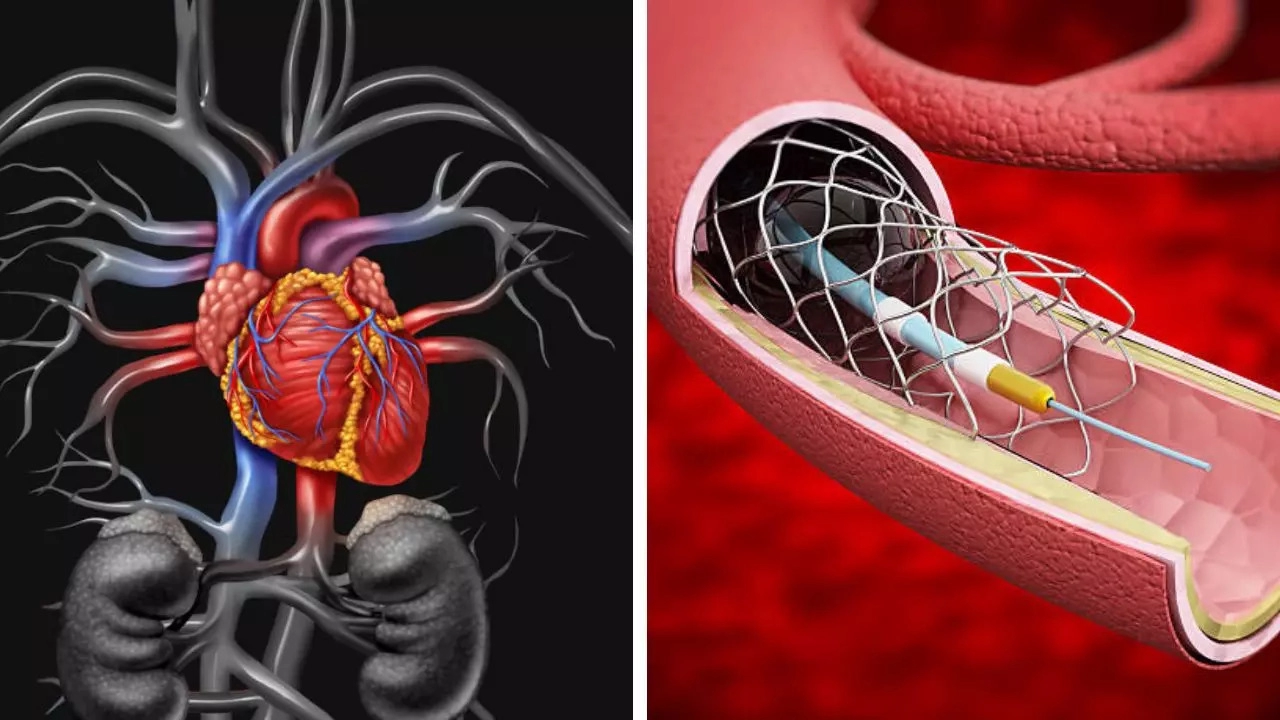Ashima Sharda Mahindra • 18 Oct 2024
US FDA Approves New Heart Stents For Infants and Children Born With Congenital Heart Disease To Avoid Series Of Surgeries

CDC says more than 40,000 babies are born with congenital heart defects in the US every year
The US Food and Drug Administration has approved a heart stent specifically made for infants and young children - a device that could help those born with certain congenital heart defects – and avoid a series of open-heart operations over their childhoods.
According to the Centers for Disease Control and Prevention, more than 40,000 babies are born with congenital heart defects – which happen when a baby's heart does not develop normally during pregnancy – in the US each year. Doctors say in a few cases, the defects are treated with stents, which prop open blood vessels, and ensure that blood can properly flow through them.
Adult-size stents are trimmed to fit infants and young children with congenital heart disease
When infants and young children require stents, mostly the adult-size ones are trimmed or modified to be squeezed into the tiny vessels of infants’ hearts - the size of a walnut. And so, as the child grows and their blood vessels get bigger, doctors have to replace the stents, often with open heart surgery.
Doctors say even though it is not an unusual practice, most kids have to undergo four five, or even six open heart surgeries throughout their lifetimes, even though the survival rate is extremely high. Experts worry that it leads to therapeutic trauma.
How will the new stent work?
The Minima stent, from the California-based biotech company Renata, is designed to grow with the child as he or she ages. According to the company - instead of surgery, the size of the stent can be adjusted with a minimally invasive procedure through a blood vessel in the groin. Patients are usually able to go home about a day later, compared with around seven days for open-heart surgery.
The FDA has approved the Minima stent to treat two heart conditions - coarctation, or narrowing of the aorta, which is the largest blood vessel in the body; and stenosis which causes narrowing and hardening of the pulmonary artery – which helps pump blood from the heart to the lungs.
According to the agency, with further testing, the stent will also be approved to treat other congenital heart defects as well.
What is a congenital heart defect?
A CHD – an issue with a child’s heart structure is usually present at birth, causing blood to flow normally – including:
- A hole in your heart wall
- Issues with your blood vessels
- Problems with your heart valves that control blood flow
- Bluish skin, lips, or nails
- Excessive sleepiness
- Fast breathing or breathlessness
- Extreme tiredness
- Getting unusually tired
- Heart murmur
- Poor blood circulation
- Weak pulse or pounding heartbeat
Get Latest News Live on Times Now along with Breaking News and Top Headlines from Health and around the world.